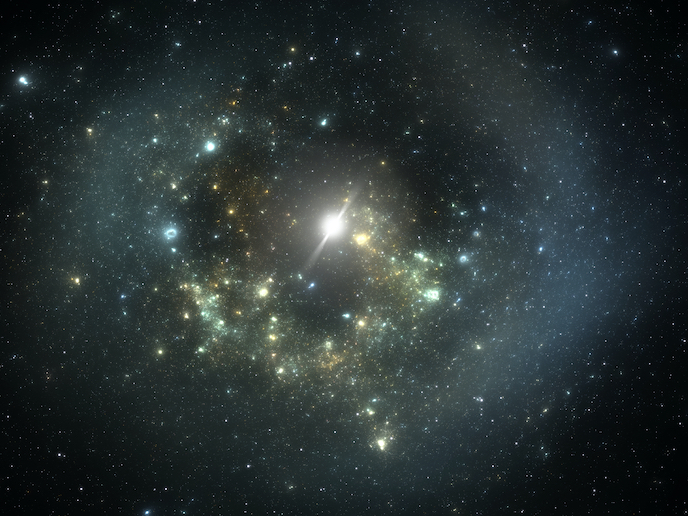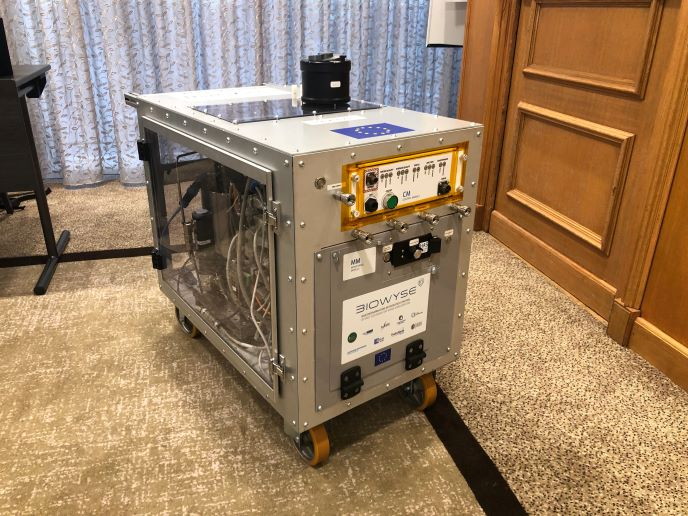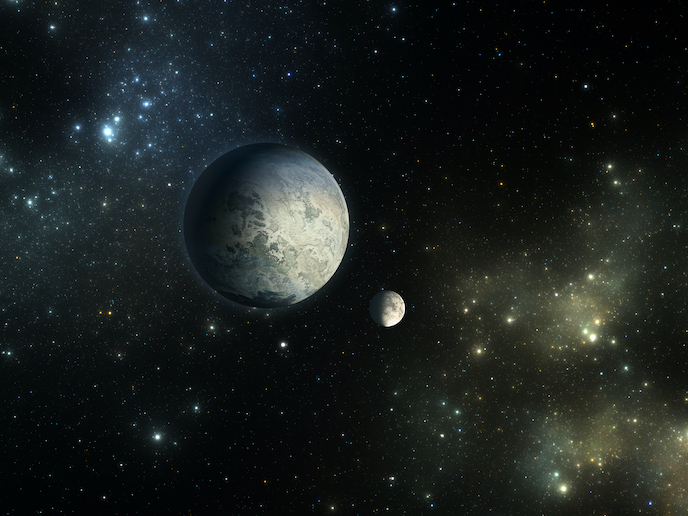Balloon-based innovation opens window on universe
The idea behind stratospheric(opens in new window) balloon-based telescopes is pretty simple. A telescope is attached to a large helium balloon, and sent up to an altitude of between 30 and 40 km, from where it performs observations. “What we are talking about here are large balloons with diameters of between 70 and 100 metres,” says ESBO DS(opens in new window) project coordinator Philipp Maier from the Institute of Space Systems(opens in new window) at the University of Stuttgart in Germany. “These balloons are capable of carrying up to 3.6 tonnes.” The key benefit is that these balloons enable astronomers to escape the restrictions of the Earth’s atmosphere. “Our atmosphere obscures a large part of the electromagnetic spectrum,” explains Maier. “Only a smaller part of this spectrum – visible light and some radio waves – is able to penetrate.” Stratospheric balloon-based satellites are also far cheaper than sending a telescope into space. Maier adds that work on space-based telescopes needs to begin about 15 years before their scheduled launch – by which time the technology might have become obsolete. “A balloon on the other hand comes down every month or so, enabling you to fix things or add new instruments,” he says.
Efficient telescopic systems
The potential of this technology however has never been fully exploited. Stratospheric balloon-based telescopes have typically been built for one-off experiments, which struck Maier as wasteful. “We wanted to see if there was a more efficient way of operating these telescopes, and to make the data collected available to the whole astronomical community,” he explains. “After demonstrating the theoretical feasibility of this, the next stage was to build a prototype. This was the start of the ESBO DS project.” The project team worked on developing a small prototype – weighing about a tonne – complete with balloon gondola for attaching and directing the telescope. “A key aim was to make the entire system modular,” notes Maier. “This means that the prototype can support different instruments, including infrared telescopes.” The project team also identified the possibility of using steered parafoils rather than unsteered parachutes to bring the telescope safely back down to Earth, to better protect the payload and gondola.
Next-generation astronomy
The next step in the evolution of this technology is to run pilot tests. “What is really cool is that we now have this prototype in the hangar, almost ready to fly,” remarks Maier. “Our aim is to run a demonstration of the steered parafoil landing next year, and to then run a longer scientific flight by Autumn 2023.” Once fully up and running, Maier is confident that the prototype will function as a new cutting-edge observatory for European astronomy. “We could use it, for example, to better understand white dwarfs(opens in new window),” notes Maier. “These are the hot and small stars at the end stages of stellar evolution. Especially when they occur in binary systems, i.e. two dwarfs orbiting each other, a lot of interesting phenomena may take place. While we expect lots of these binary systems to exist, we only know of a handful.” Looking further ahead, Maier predicts that the system could house a next-generation far infrared telescope. “This could lead to a better understanding of how stars and planets are formed, and how chemical evolution in the universe took place,” he adds. “This could provide hints of how water in planetary systems emerged.”







